|
Cinematic trauma theory explores how films reference societal experiences of suffering as a consequence of painful historic events. It looks at how far such episodes are acknowledged or repressed with the aim of “binding” the wounds (Blake, 2008, p.2), or whether audiences are fully exposed to the trauma to catalyse a process of healing and recovery.
In The Wounds of Nations (2008), Blake proposes that the traumatic images of horror cinema are aptly positioned to expose the wounds that continue to underpin cultural displacement. Blake notes that the study of horror cinema has historically been “occluded from contemporary theorisations of the cultural legacy of trauma” (2008, p.3). She draws from Adam Lowenstein’s text, Shocking Representations: Historical Trauma, National Cinema and the Modern Horror Film (2005), which contemplates horror cinema’s noncompliance to absolute realism and ‘verisimilitude’, or to the “self-conscious distanciation of modernism” (2008, p.4). Instead Lowenstein points to “allegorical moments” in horror films, when audiences are invited to associate the horrific images on screen with seemingly unconnected historical atrocities that burden their society (2008, p.4). The Hills Have Eyes (1977) falls within a group of 1970s American horror films categorised by Blake as “Vietnam-encoded” (2008, p.12). These chronicled an era of uncertainty in the wake of America’s “doomed foray into Vietnam” (2008, p.11), which led to a crisis of self-confidence for a nation whose image is built upon being the strongest in the world. In Vietnam, American soldiers understood neither the terrain in which they found themselves, nor the elusive enemy they were up against. Not only did this result in a horrific military death toll, but the young conscripts found themselves carrying out hitherto unimaginably heinous acts. The American family in The Hills Have Eyes have likewise stumbled into a hazardous wasteland harbouring an abstruse and hostile enemy. As grandmother Ethel Carter insists on a family prayer before the group split up to find help, the medium shot capturing the family’s comforting prayer circle cuts to a long shot highlighting their isolation and insignificance in the wilderness. As the two patriarchs, Bob and Doug peel off, an offscreen cannibal affirms ‘it’s easy pickings now’. In an allegorical sense, this infers that the family’s faith in God has fooled them into believing they will be protected from harm. In the final scene in which Doug grapples with the cannibal Mars, a haunting score builds to a crescendo as close-up shots depict him snarling animalistically as the cannibal’s knife inches towards his throat. However, a subsequent low-angled close-up, from Mars’ perspective, reveals Doug plunging the knife into the cannibal’s chest. There is no escape from the crazed, ‘savage’ expression on his face. The red glow that envelopes him as the film frame pauses, infers that he has ‘crossed-over’ in a possible allusion to the monstrous acts perpetrated by American soldiers against Vietnamese citizens. Blake outlines “the massive dislocations wrought to American self-image” (2008, p.72) as her citizens became aware of the questionable premise and grave repercussions of a conflict which blurred the lines between good and evil. Reference List Blake, L. (2008) The Wounds Of Nations. Oxford Road, Manchester M13 9NR, UK: Manchester University Press.
0 Comments
|
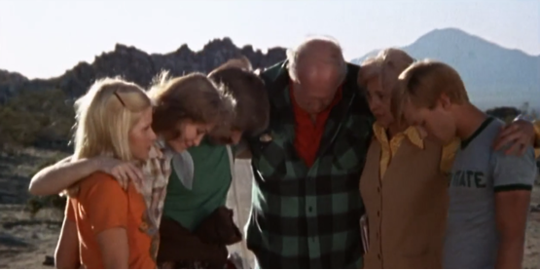
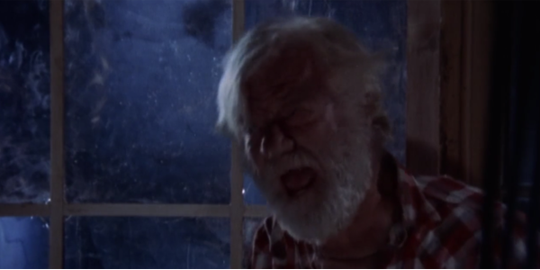
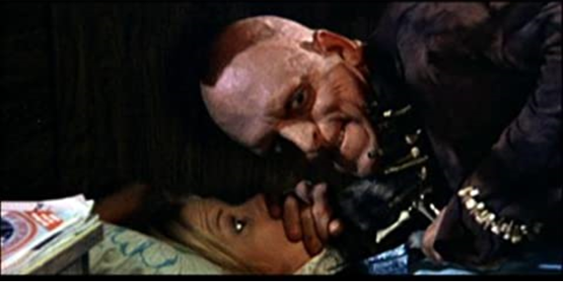
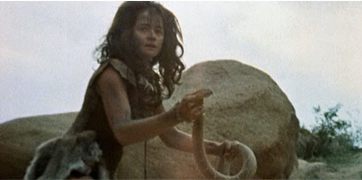
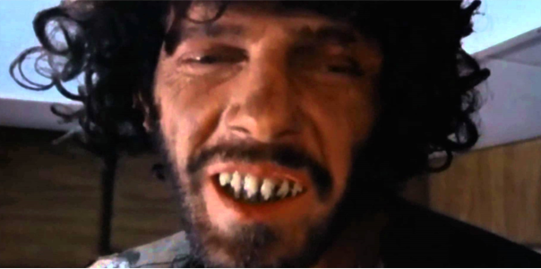
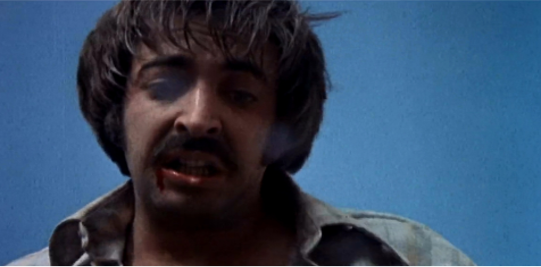
 RSS Feed
RSS Feed
